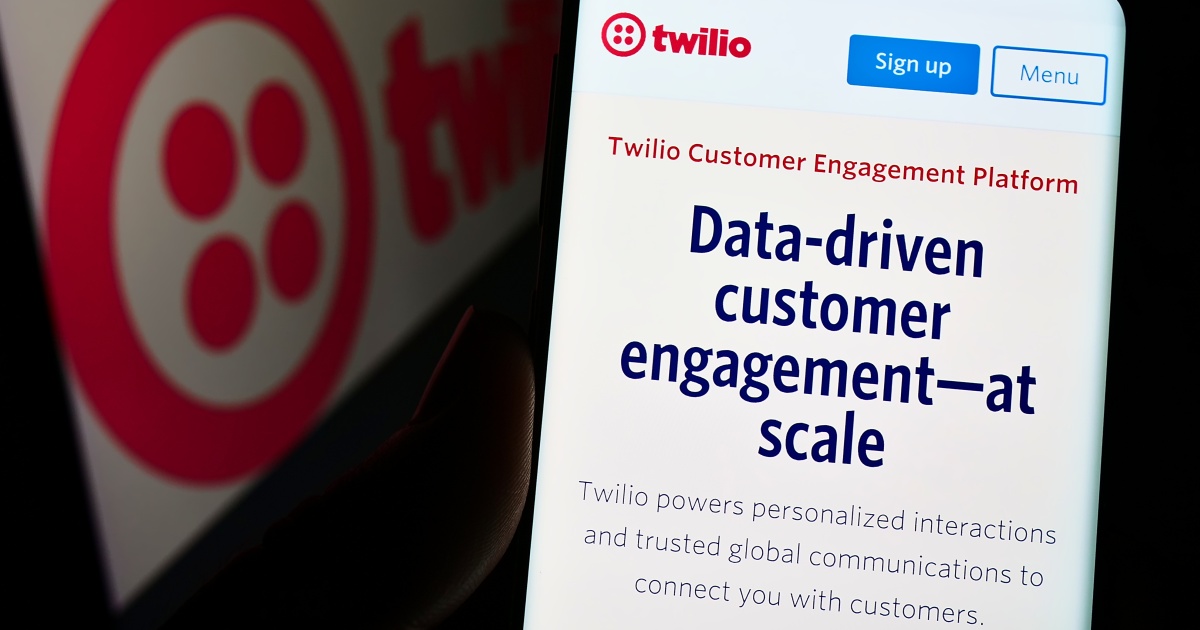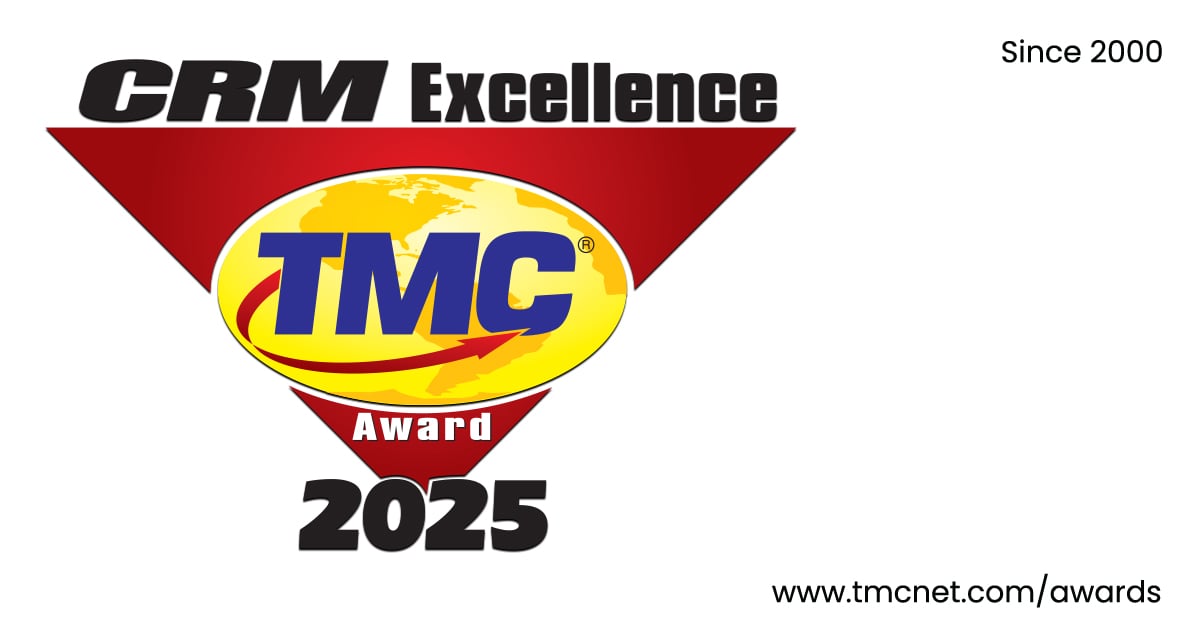
Customer engagement platform and communication tools company Twilio is dishing out a whole host of updates to help business establish more profitable, long-term and direct relationships with customers. Though a well-known name due to its breadth of cloud services, Twilio’s expansion into other markets (e.g. data analytics and IoT) is a sign of the company flexing its chops in order to grow and to differentiate experiences for customers.
This segues well, then, into Twilio Flex.
Twilio recognizes that – especially in today’s competitive markets – engagement reigns. A consistently precise and personalized experience incentivizes repeated engagement, sparking loyalty from satisfaction and value, professionally delivered.
That’s the foundation of Twilio Flex, the new digital engagement platform for enabling conversions from every customer conversation. Flex gives customer-facing teams the context, data and channel flexibility necessary to drive repeat sales from conversations that leave customers feeling heard and supported.
Twilio Flex is an all-rolled-into-one programmable contact center, sales tool, and digital concierge:
- Contact Center – Connect customers with any customer-facing employee across channels that remove friction and encourage dialogue, integrate data from any system (e.g. Zendesk, Salesforce, billing systems, ERPs, inventory management, etc.), and authentically personalize interactions with detailed customer profiles that pull in handy first-party data from any source.
- Sales – The goal is to “serve customers before they become customers,” as Twilio explains. With this tool, teams can easily add click-to-dial or click-to-text to apps for efficient outreach, and sales reps can be armed with detailed profiles that contain data from every customer touchpoint.
- Digital Concierge – This is Flex’s deeper relationship builder, i.e. the virtual front door to business and shopping experiences. Customers want simplicity, and so Flex facilitate simplicity; customers can be seamlessly connected with sales or support reps while – in the background – integrated data sources draw on holistic customer profiles for personalized recommendations.
Flex, in Twilio’s words, is “the next step to help teams become growth engines.” Twilio Flex allows businesses to control their own customer engagement roadmap, to build tailored (and digital-first) customer and agent workflows, and to achieve measurable business agility via programmability. Flex offers a wide breadth of communications tools and APIs, all conveniently manageable so teams can focus on the customers.
And already, businesses are benefitting from Twilio Flex, in terms of revenue growth, a lowered TCO, and accelerated ROI. For example, rideshare bigwig Lyft built its own completely customized call centers that serves associates, drivers and customers, with reportedly 30 million interactions weekly and 2,000 of its Lyft associates actively using Flex. Global commerce platform Shopify reduced roughly 50% of the time needed to build out its online store solutions and engage with customers with Twilio Flex. Even auto manufacturer Toyota implemented Twilio Flex in its contact center to ensure its customers continue receiving the right help and safety support they need.
I admit, as an Editor for CustomerZone360 and other technology-oriented outlets, it has become clear that new platforms pop up fairly frequently as competitions grow fiercer. (So goes the era in which we live, regarding unprecedented advancements and far-and-wide adoptions of new-and-improved solutions.)
Still, it’s also clear that Twilio (especially with Twilio Flex) remains quite keen on future-proofing operations and making engagements data-driven and more straightforward.
Sign up for an interactive Twilio Flex demo here.
Edited by
Greg Tavarez





